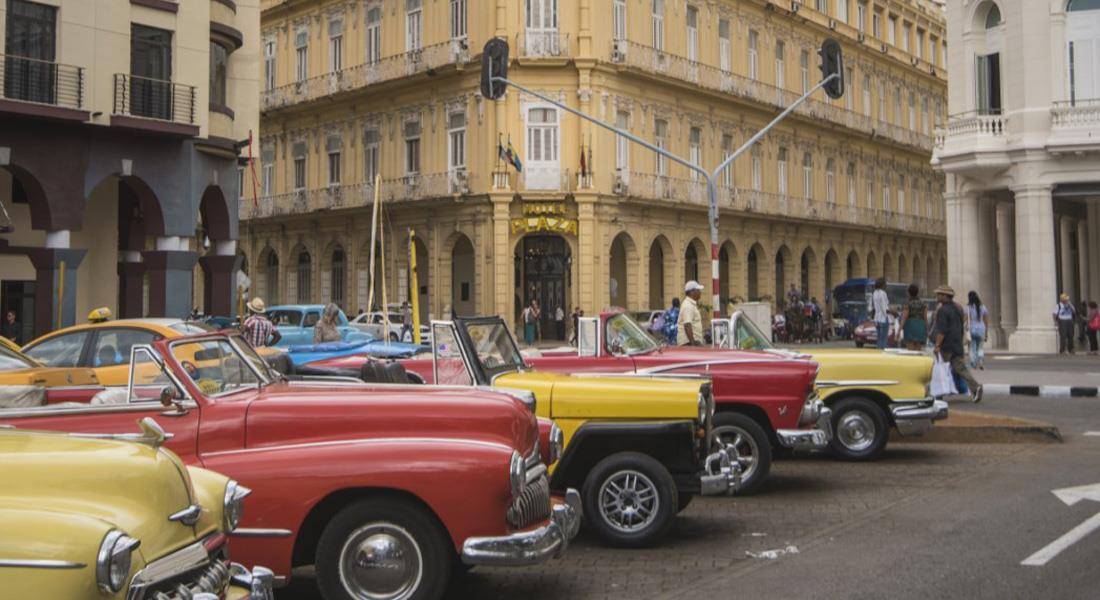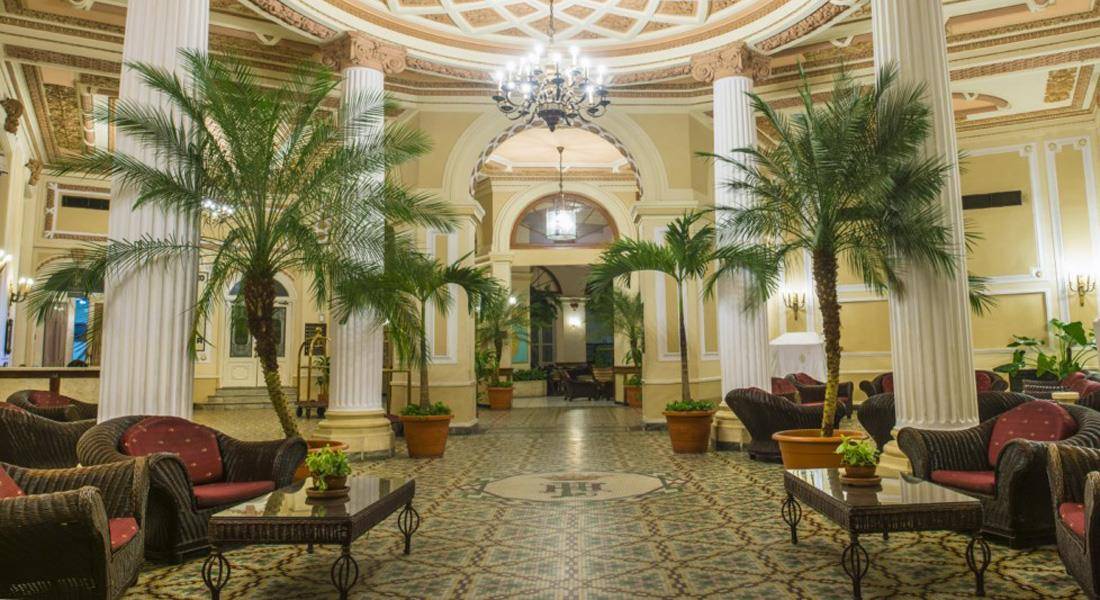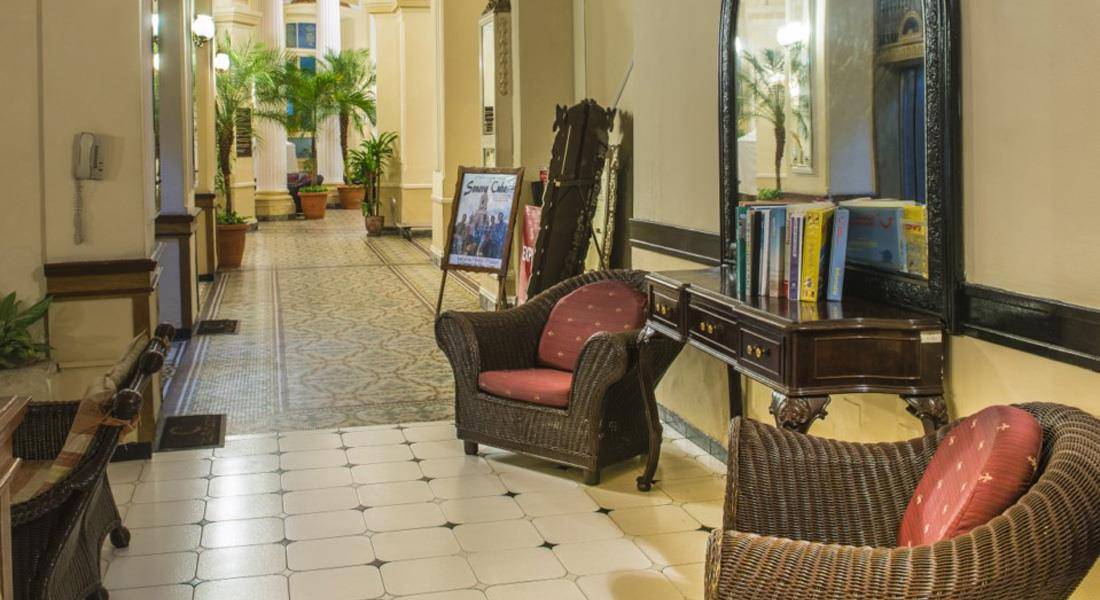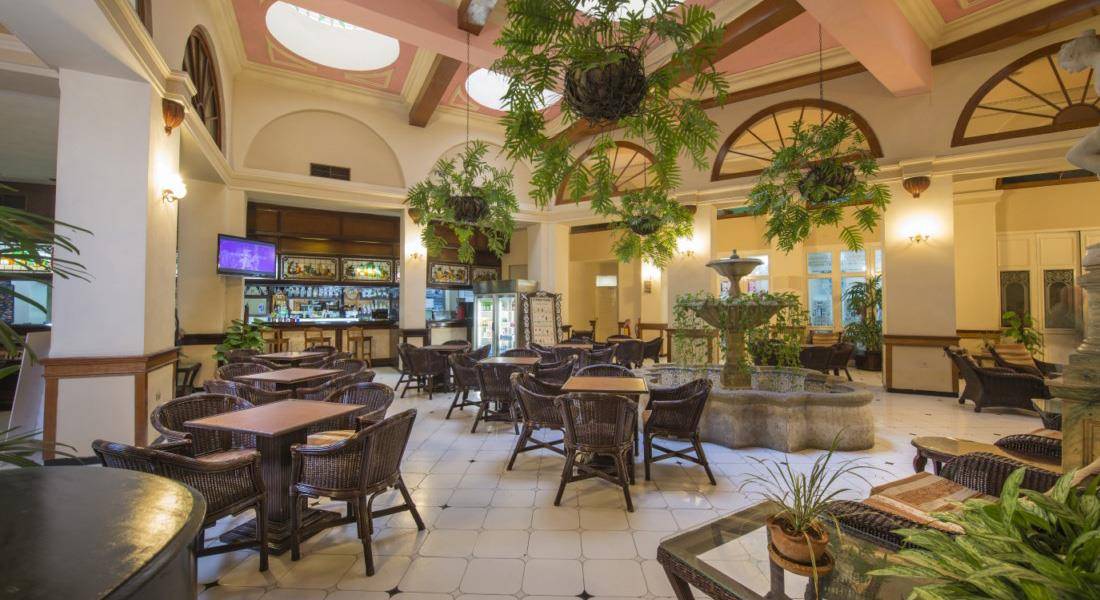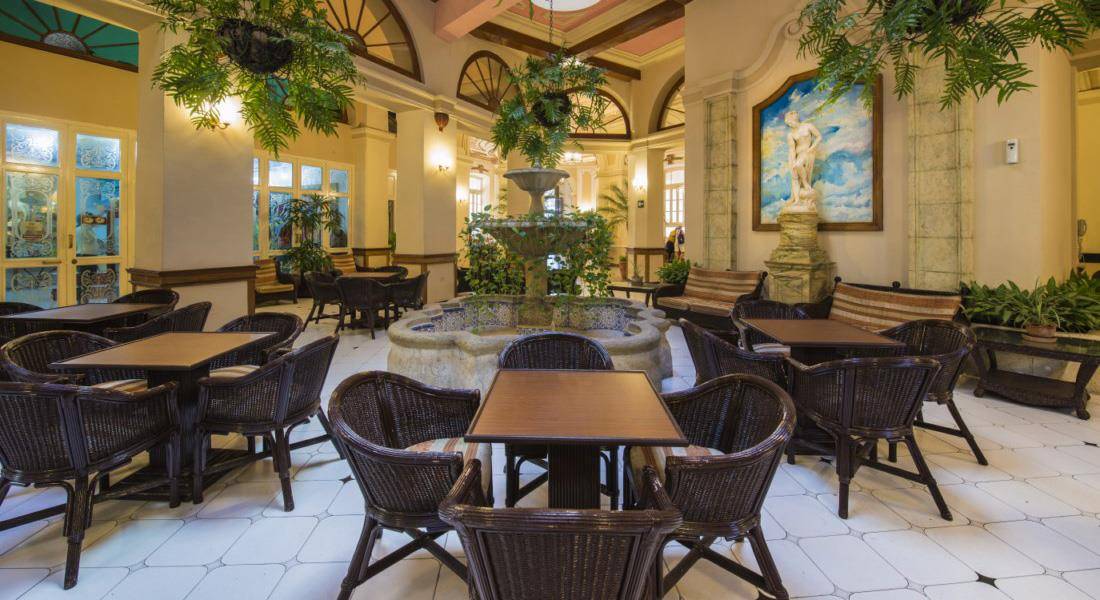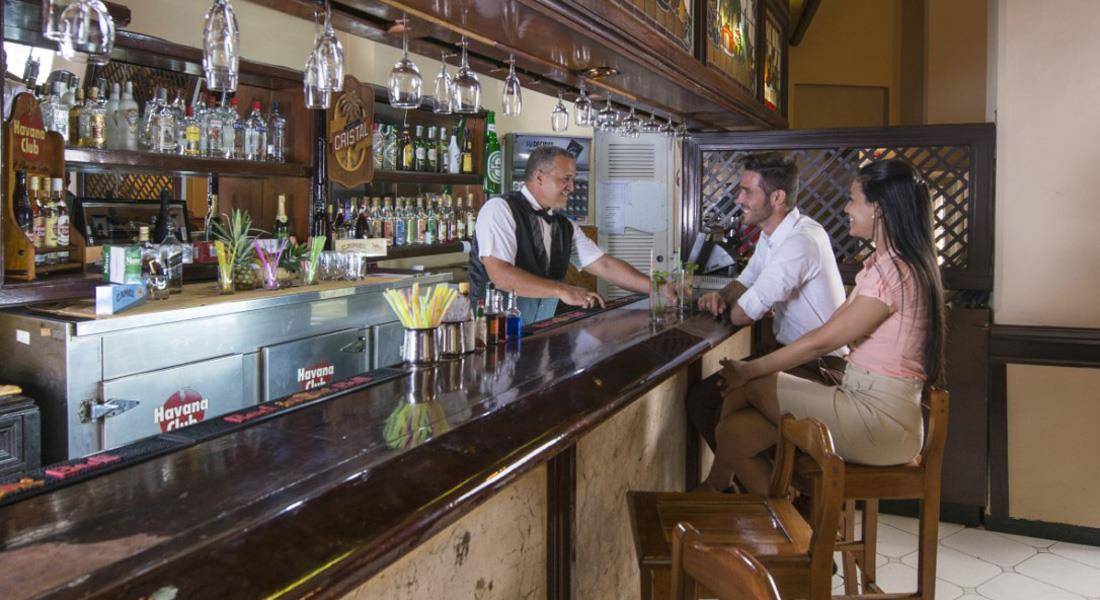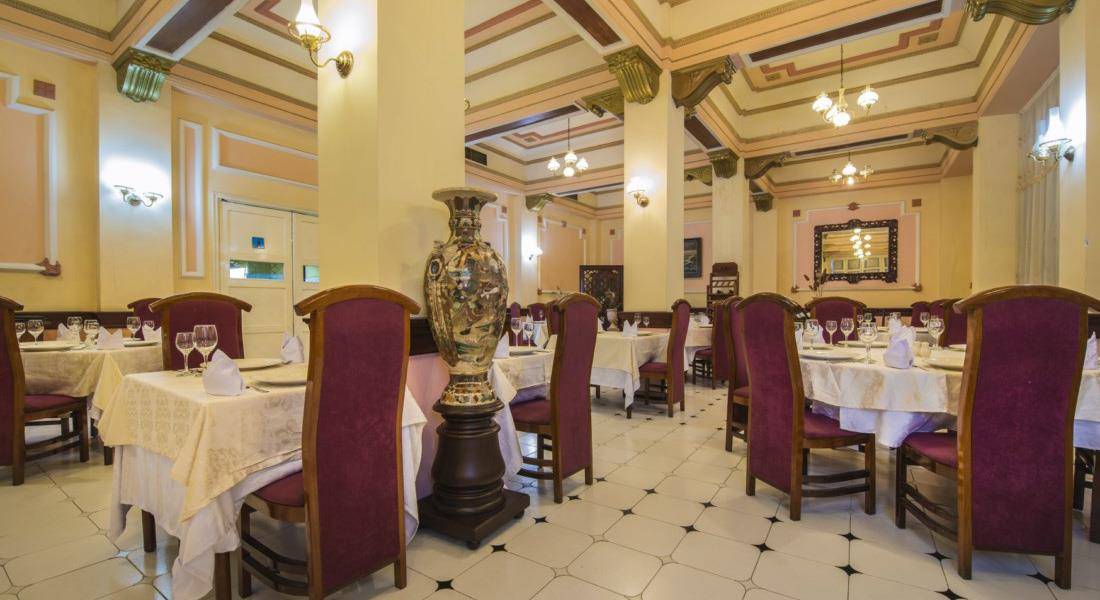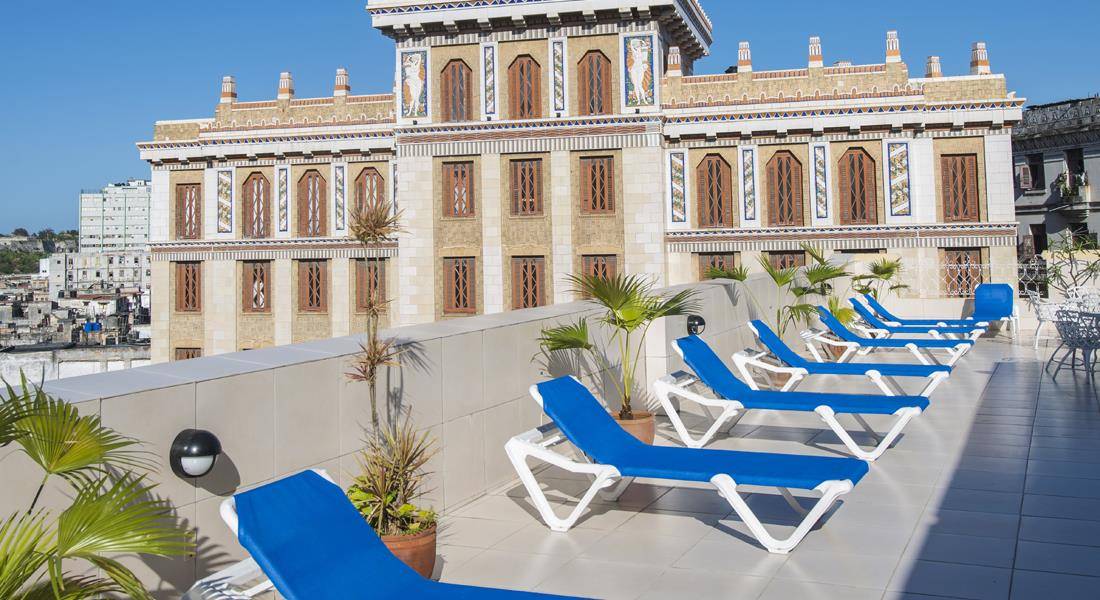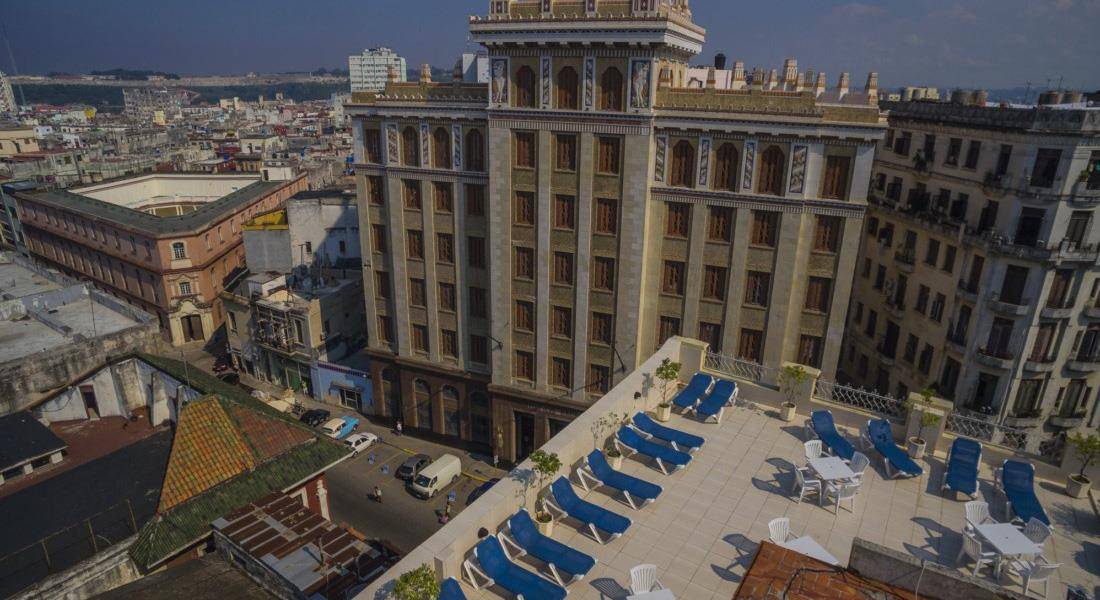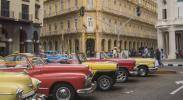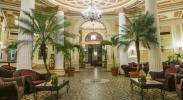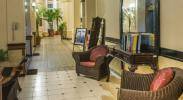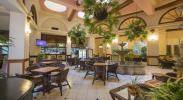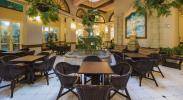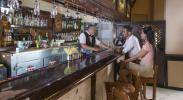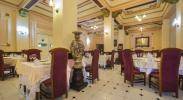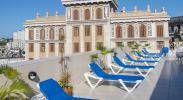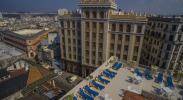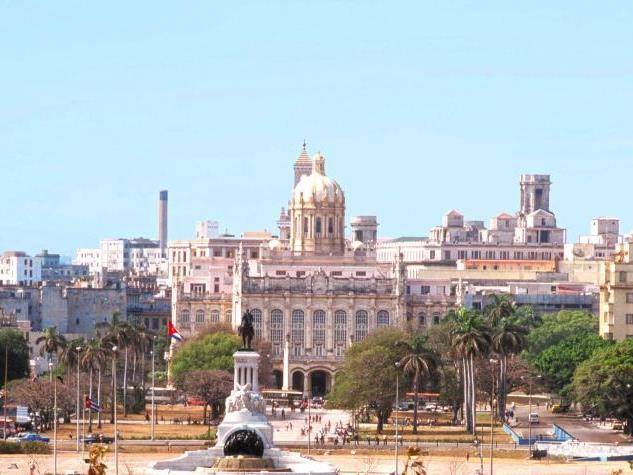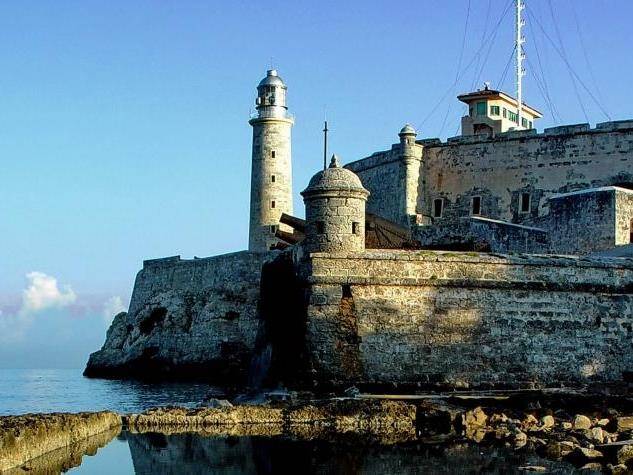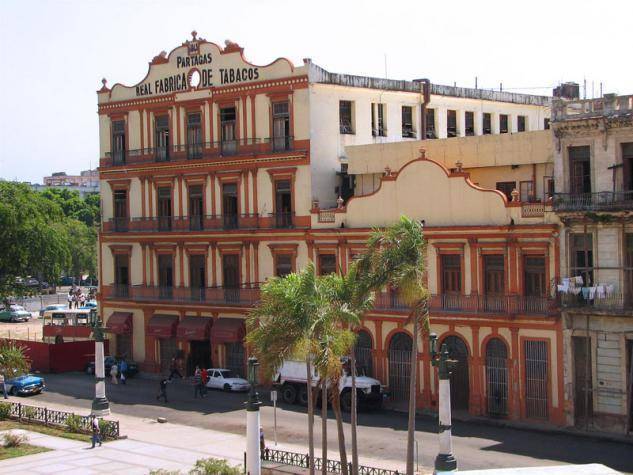
Real Fábrica de Tabacos Partagás
The Real Fábrica de Tabacos Partagás (Partagás Royal Tobacco Factory), located in the north of Fraternidad Park, one of the oldest and more famous tobacco factories in Havana. It was founded in 1845 by the Spanish Jaime Partagás. Partagas was at the same time, owner of some tobacco plantations in the region of Vuelta Abajo. This is the most visited factory in the country. When you visit it in group you’ll discover how they do separate and classify the leaves in the ground floor; and how they do roll, press, adorn, and wrap the cigars in the upper floors. Currently there are around 500 workers on it, rolling cigars for well-known brands like Montecristo or Cohíba. The factory also houses a sales room, where you’ll be able to choose among a great variety of Havana cigars, and a bar.

